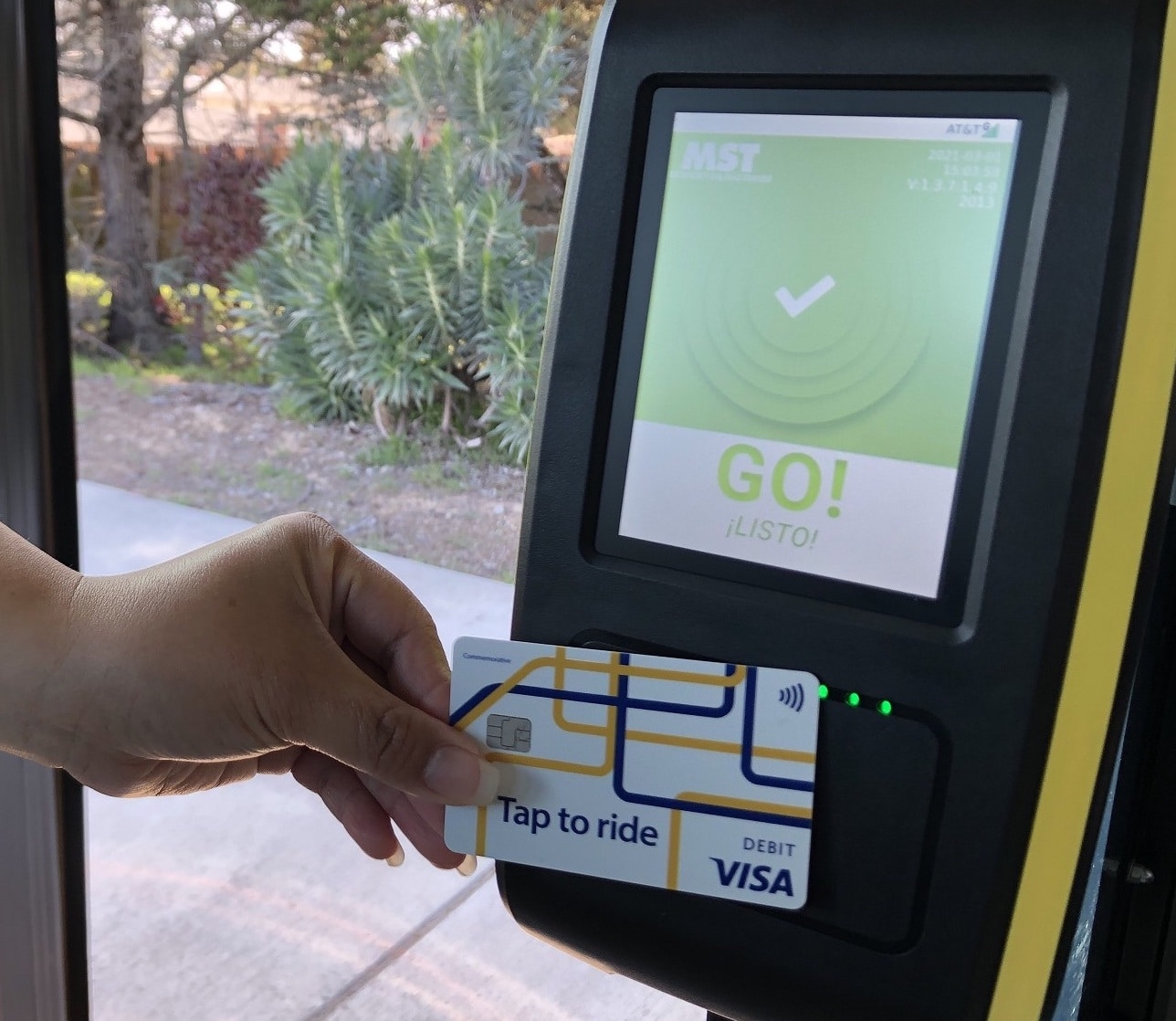
Article Highlights
Visa has introduced a new interchange category for transit agencies to reduce high fixed fees on certain card types. Mastercard is also believed to have introduced reductions for agencies. But the changes are for a limited time and scope. High bank card fees that U.S. agencies pay to accept credit and debit cards for fares are many times higher in the U.S. than in Europe.
• Chart: Percentage of bank card fees of total open-loop revenue, TriMet Portland
• Summary of monthly bank card fees paid by Monterey-Salinas Transit (MST) and Sacramento Regional Transit (SacRT)
• Billing card statements with highlighted charges for MST and SacRT
• Visa
• Mastercard
• MST
• TriMet (Portland, OR)
• DART (Dallas)
• MTA (New York)
• SacRT (Sacramento, CA)
• Cal-ITP
• Caltrans
Visa has quietly introduced a new interchange category for transit agencies in California, Mobility Payments has learned. If rolled out nationally and across more card types, the changes could substantially reduce the high fees that agencies pay to accept credit and debit cards for fares.


















